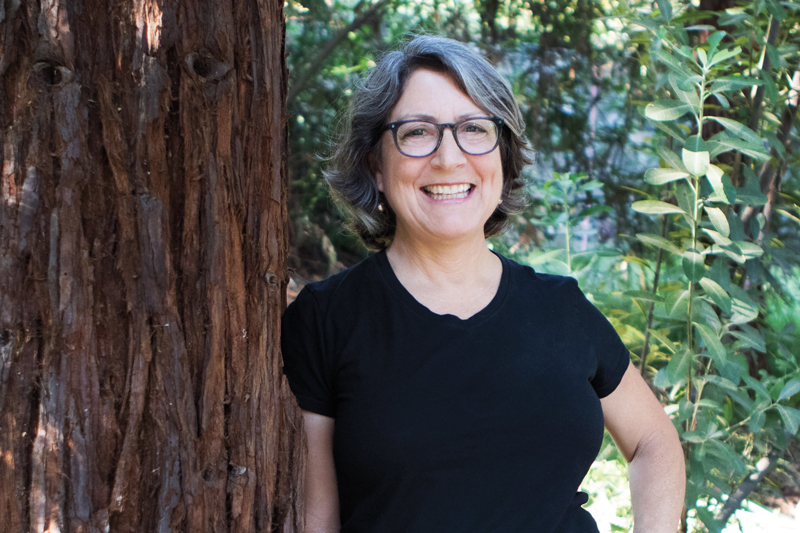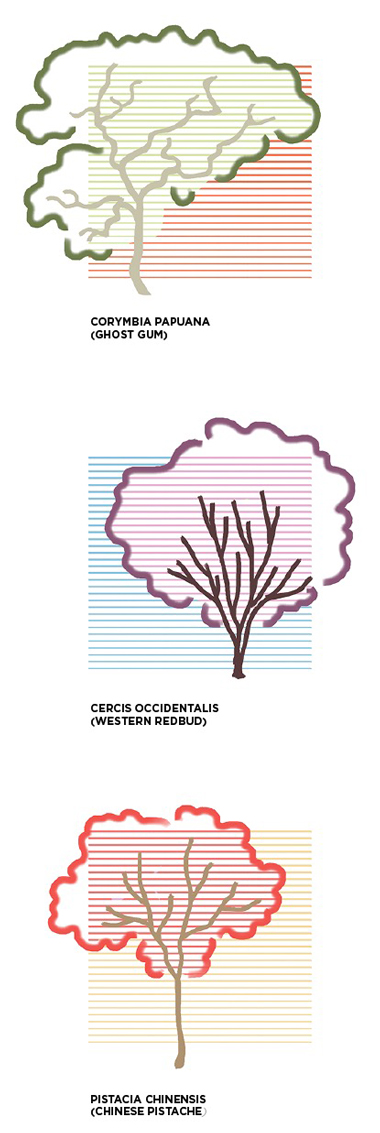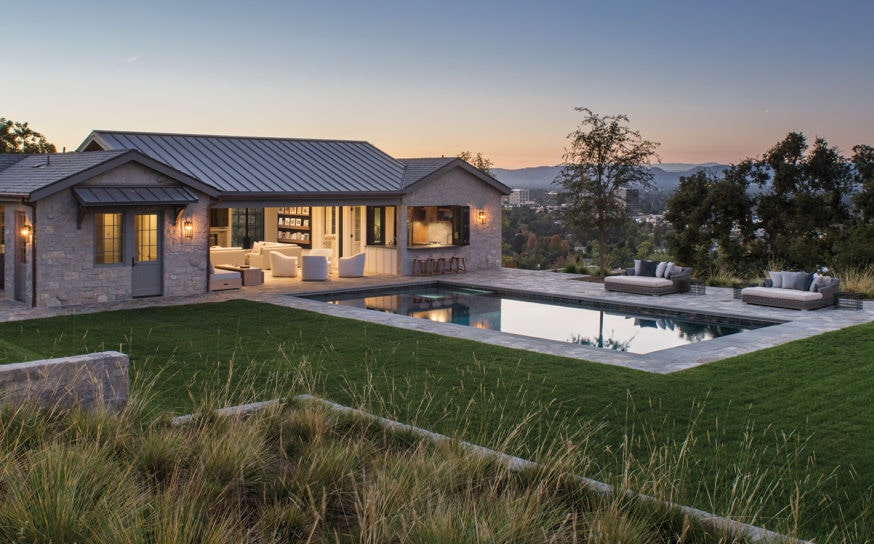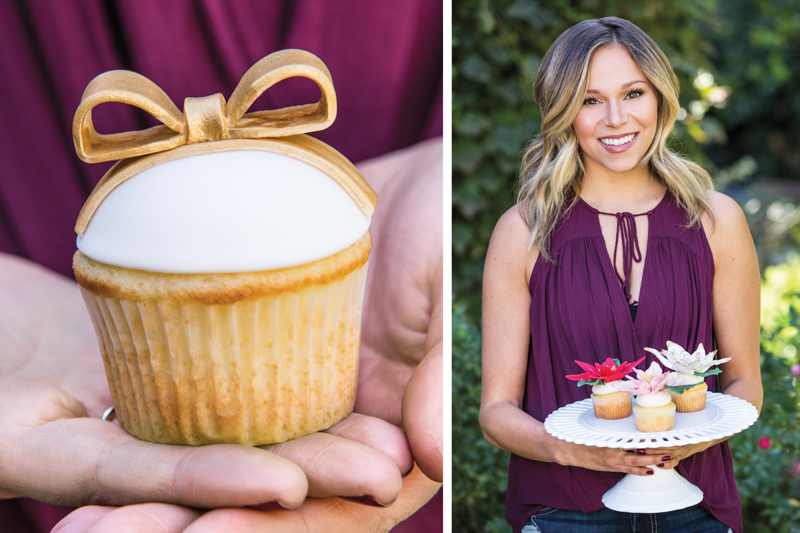
Tall Orders
Fall is the season to tend our trees—whether planting or trimming. Here’s some advice from an expert.
-
CategoryPeople
-
WRITTEN BYDIANE HAITHMAN
-
PHOTOGRAPHED BYTAMEKA JACOBS
This story began with a close encounter with a redwood tree on Fruitland Drive in Studio City. Could this be a young version of the famous giants that grow in Sequoia National Park, someday to soar more than 250 feet, shattering the sidewalk and street as it widens to a circumference of 90 feet plus? And what was this northern California native doing down here, anyway? I decided to consult TreePeople, our local experts in Coldwater Canyon Park.
An e-mail brought an immediate response from Linda Eremita, TreePeople’s Forestry Education Manager and a certified arborist.
Turns out the tree is a coastal redwood, not a giant sequoia. Still, according to Linda, even a coastal redwood would grow too big for its space—and ultimately fail to thrive without rainfall, fog and forest shade.
“This is a sad story of someone not thinking it through before they planted a tree,” Linda says.
She often reminds homeowners that planting a tree represents a longtime commitment and that they should put in as much research as they would before getting a dog, a house or even a spouse.
Some things to consider: climate (high-low temperatures), sunlight, rainfall, drainage, soil and drought tolerance. Make sure you know how wide your tree’s roots might get, so you know how far to plant from your house. Gauge height to avoid branches tangling with power lines.
Definitely consider pests. Right now, local arborists fear the polyphagous shot hole borer (PSHB), a tiny, nasty beetle from Southeast Asia, currently attacking SoCal trees. If not stopped, the bug could kill as many as 27 million trees in the next few years.
Valley-Friendly Varieties
Keeping in mind Linda’s warning that every area has its own microclimate, we asked her to select some promising options for a local home. Linda says late fall is best for planting. (She would have loved to include California’s native oaks in the mix, but not until the PSHB beetle problem is resolved.)
Low Water Use/ Evergreen
Corymbia papuana (ghost gum) 30’-50’ x 20’-35’. Grey-green, scented leaves (formerly classified as Eucalyptus) and white, patchy bark. Small, white summer flowers.
Laurus nobilis (sweet bay) 40’ x 30’. The bay leaf used in cooking. Often multi-trunk.
Melaleuca linariifolia (flaxleaf paperbark) 30’ x 30’. White, flaky bark, small, white summer flowers.
Prunus ilicifolia ssp. lyonii (Catalina cherry) 25’-35’ x 20’-30’. Native. White flowers and edible fruit, although not as tasty as our cultivated fruits.
Low Water Use/ Deciduous
Celtis reticulata (western hackberry) 25’-35’ x 25’-30’. Very low water use. Loves the heat but will suffer in clay soils. Needs good drainage.
Cercis occidentalis (western redbud) 10’-20’ x 10’-20’. Native. Purple-pink, pea-shaped flowers in late winter/early spring. Magenta seed pods. Often multi-trunk. Yellow fall color.
X Chitalpa tashkentensis (chitalpa) 25’-20’ x 30’. Big, pink, trumpet-shaped flowers that attract hummingbirds. Fast growing.
Melia azerdarach (Chinaberry) 20’-40’ x 20’-40’. Spring/summer, pale lavender flowers.
Moderate Water Use
Arbutus ‘Marina’ (Marina strawberry tree) Evergreen. 40’-50’ x 40’. A hybrid that is related to manzanita and has the same beautiful cinnamon-colored bark and bell-shaped flowers. Also produces small, round, orange-red edible fruits.
Eucalyptus nicholii (Nichol’s willow leaf peppermint) Evergreen. 40’-50’x 15’-40’. High canopy with weeping branches.
Pistacia chinensis (Chinese pistache) 25’-35’ x 25’-35’. Beautiful red-orange fall color makes this deciduous variety a favorite in our hot climate.
Tipuana tipu (tipu) 30’-50’ x 30’-50’. Orange-yellow flowers cover this semi-evergreen tree in summer. Fast growth.
3 Great Resources
The new Sunset Western Garden Book
California Polytechnic State University’s tree selection guide, selectree.calpoly.edu
Visit TreePeople up on Mulholland Drive or at treepeople.org












